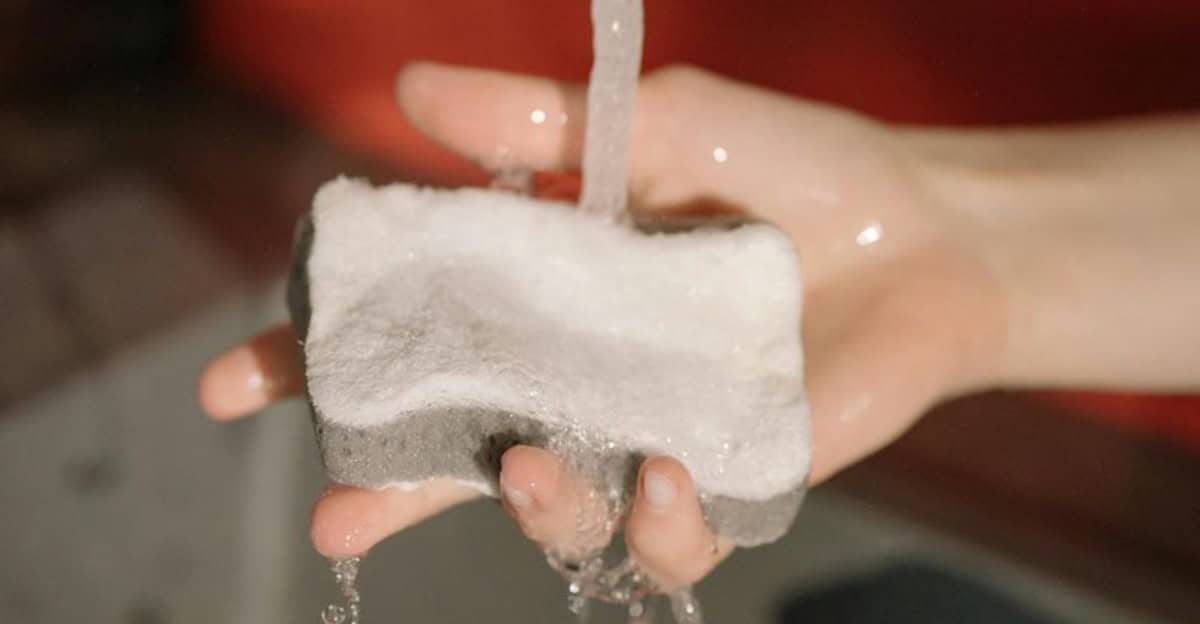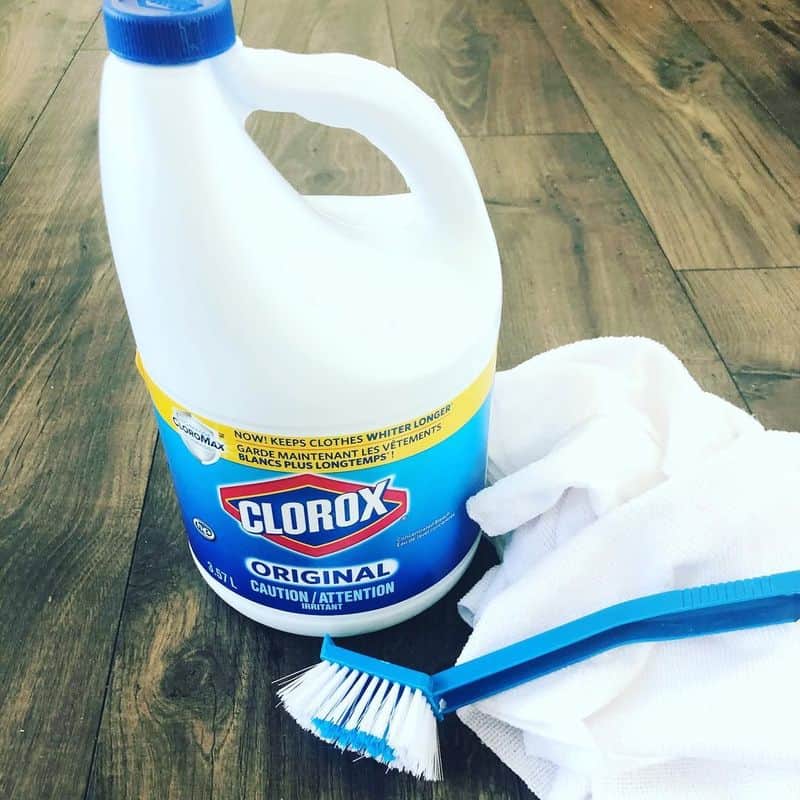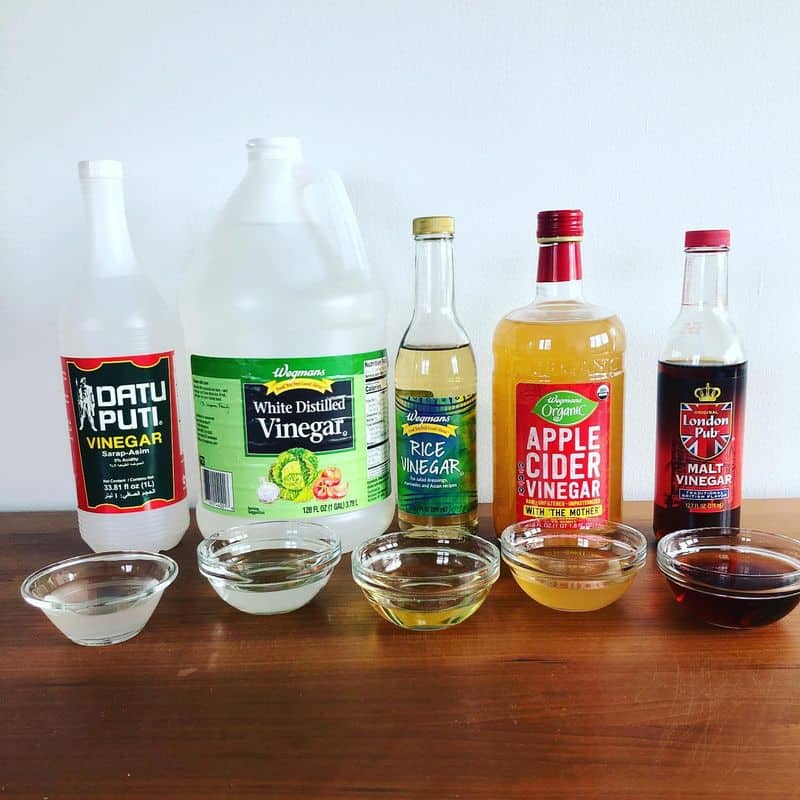Cleaning is an essential part of our daily routine, but not everything we hear about it is true.
Here are 10 myths about cleaning that you should stop believing right now.
1. Bleach Cleans Everything
Bleach is the superhero of cleaning products, right? Wrong! While it does kill germs, bleach won’t get rid of stubborn stains or dirt. Imagine bleach as a germ-fighting warrior but not the savior of grime.
When it comes to cleaning, you need a balanced team of products – bleach can’t tackle everything alone. Instead of relying solely on bleach, pair it with appropriate cleaners for the best results.
It’s like assembling a team of cleaning Avengers! So, next time you reach for bleach, remember it might need a little backup.
2. Using More Soap Results in a Cleaner Surface
More bubbles mean more clean, right? Not exactly! Overloading surfaces with soap can actually make cleaning harder. Imagine scrubbing endlessly only to find sudsy residue left behind.
Instead of a sparkling finish, you’re left with a sticky situation. The truth is, a little soap goes a long way. Using the recommended amount ensures efficiency without the hassle of rinsing away excess suds.
It’s about working smarter, not harder! Remember, moderation is key, and less can often be more when it comes to soap.
3. Wood Should Be Polished Regularly
Polishing wood seems like the perfect way to keep it gleaming, but overdoing it might do more harm than good. Picture a table so shiny, it blinds!
Excessive polishing can attract dust and create build-up, making your furniture look duller over time. Sometimes, a simple dusting or a gentle cleaning is all that’s needed to keep wood looking its best.
Too much polish can become an unwelcome guest, overstaying its welcome. Give your wooden surfaces a break from heavy polishing, and they’ll thank you for it!
4. Vinegar Is an All-Purpose Cleaner
Vinegar is the jack-of-all-trades in cleaning, but not every surface benefits from its acidic touch.
While it’s great for some tasks, vinegar can damage surfaces like marble or stone, leaving them etched rather than clean. Imagine vinegar trying its best but ending up as the villain instead of the hero.
Knowing where vinegar shines is crucial; it’s perfect for glass or countertops but steer clear of delicate materials. It’s about knowing its limits and using it where it excels without causing unintended damage.
5. Air Fresheners Eliminate Odors
Spraying air freshener is like putting on perfume without showering – it masks but doesn’t eliminate odors. Picture a room filled with floral scent yet some pungent icons sneakily linger.
Air fresheners add fragrance, but true odor removal requires addressing the source. It’s more about masking than solving.
To truly freshen up, clean what’s causing the smell and use fresheners as a finishing touch. Sometimes, an open window or fresh air does wonders where air fresheners fall short.
6. Newspapers Provide a Streak-Free Shine on Windows
Using newspapers for window cleaning is an old trick, but it doesn’t always lead to a perfect shine. Imagine a window with confusing streaks despite all that effort.
Ink from newspapers can smudge, and modern papers are less absorbent, leaving mess instead of clarity. A microfiber cloth is often your best ally for streak-free windows.
Newspapers might have worked for grandma, but times have changed! It’s about updating our methods with the times for the best results without the smudges and mess.
7. Hairspray Removes Ink Stains
Hairspray has often been touted as an ink stain remover, but modern formulas may not work like they used to. Imagine a shirt stubbornly clinging to its ink stain, unimpressed by hairspray’s efforts.
Many hairsprays today lack the alcohol content needed to lift stains, proving ineffective. Instead, consider using rubbing alcohol or dedicated stain removers for better results.
Hairspray might have had its day, but it’s time for more effective solutions to take center stage in your cleaning arsenal.
8. Dishwashers Clean Themselves
A dishwasher might seem like a self-sufficient cleaning machine, but it needs regular maintenance to perform optimally.
Picture a tired dishwasher with a brush, just realizing it’s not as self-cleaning as it thought. Food particles and soap scum can build up, requiring a cleaning cycle and occasional manual cleaning.
Ignoring maintenance can lead to less efficiency and unpleasant odors. Just like any hardworking appliance, your dishwasher needs a little TLC to keep humming along smoothly and effectively.
9. Hand-Washing Dishes Saves Water
Hand-washing dishes might seem like a water-saving hero, but it often uses more than a dishwasher. Imagine a sink full of water flowing endlessly as dishes look on worriedly.
Dishwashers are designed to use water efficiently, often using less than hand washing. By choosing the right cycle, you save water and energy.
Next time you reach for the sponge, consider the efficiency of modern dishwashers. It’s about working smart and letting technology help save water and effort in the kitchen.
10. More Detergent Means a Better Clean
Using extra detergent can make clothes cleaner, right? Not quite! Picture a washing machine overwhelmed by suds, struggling to do its job.
Excess detergent can leave residues, making clothes feel sticky or stiff. It can also cause machine build-up, reducing efficiency.
Instead, follow the guidelines for optimal results – your clothes come out fresh and your machine remains happy.
It’s about balance and understanding more isn’t always better. Let your washing machine breathe with the right amount of detergent for a clean, fresh finish.











